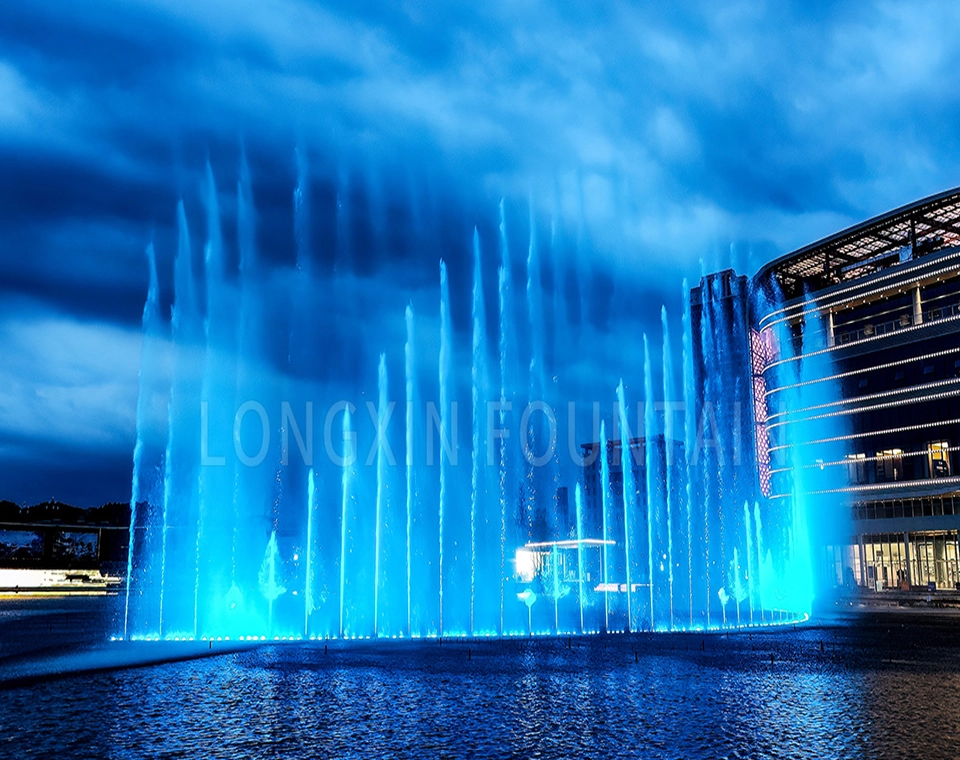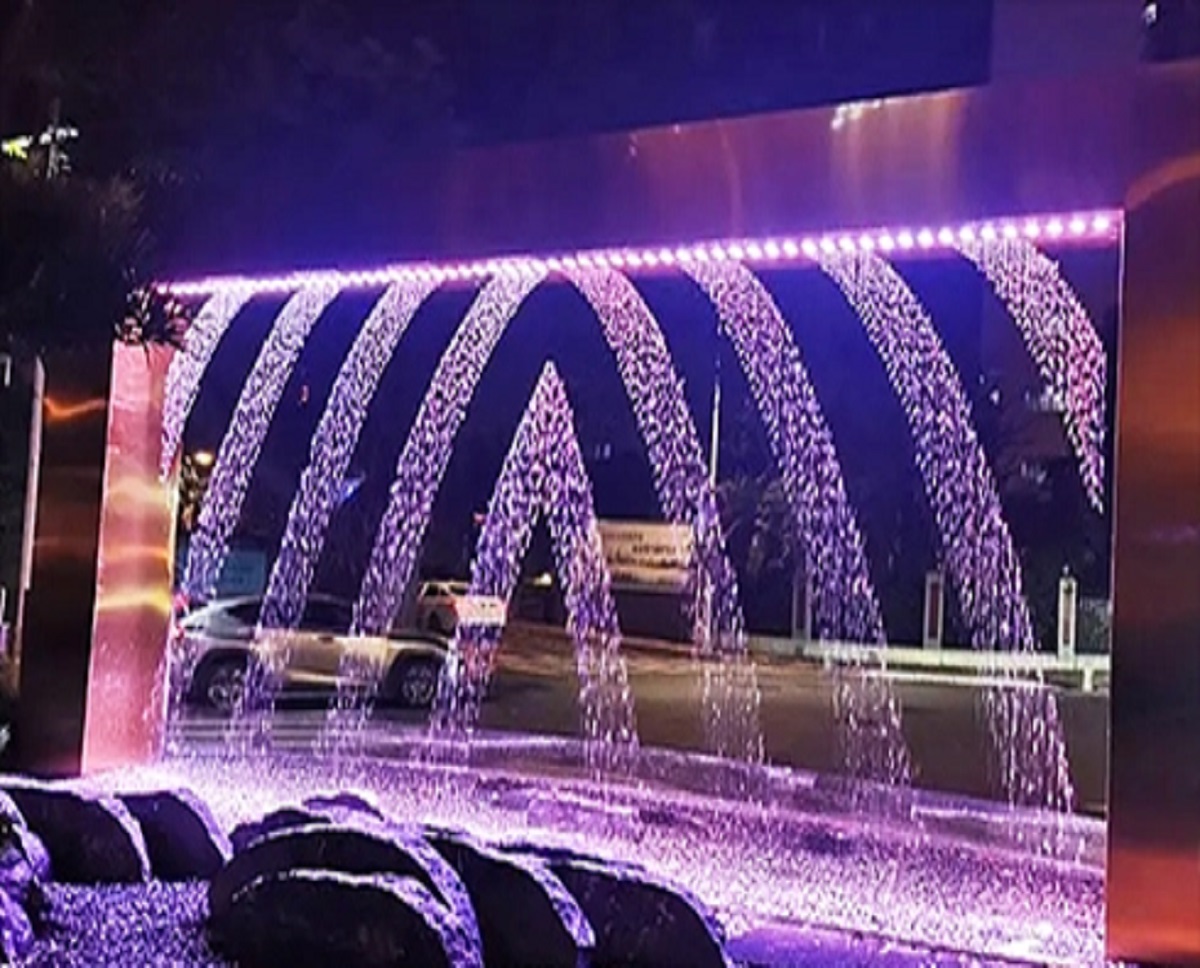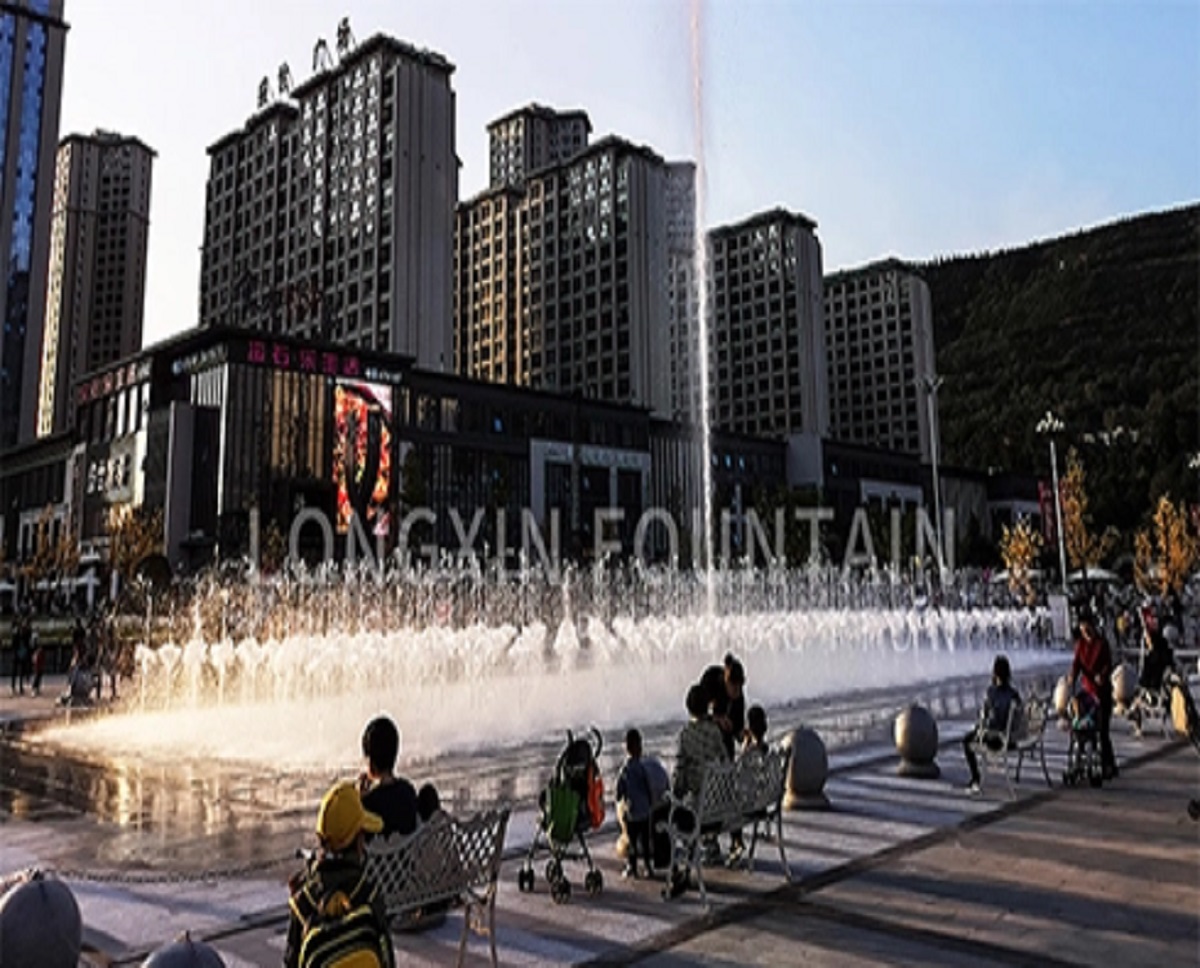The water fountain pump is the core part of the water feature and fountain system, providing the power to move water and create a variety of beautiful water shapes. Low-pressure water fountain pumps are safe, quiet and energy-efficient for patios and small commercial water features, while high-pressure water fountain pumps provide the power to create spectacular large-scale water shows. Fountain pumps should be selected to enhance the beauty and functionality of a water feature by considering application scenarios, energy efficiency, noise, and maintenance costs, among other aspects.
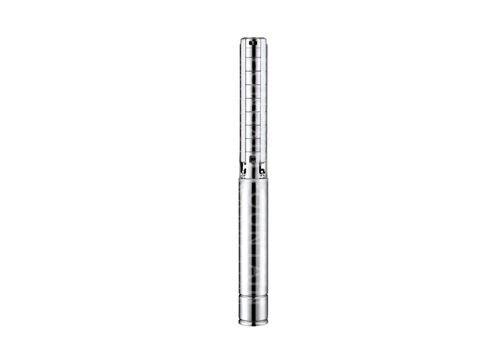
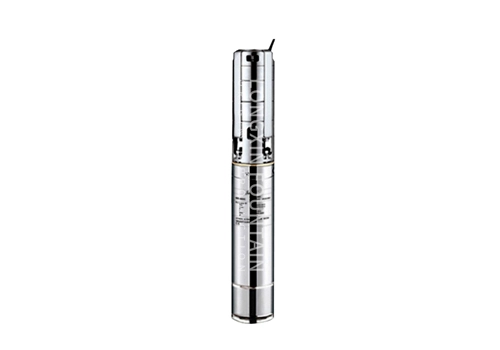
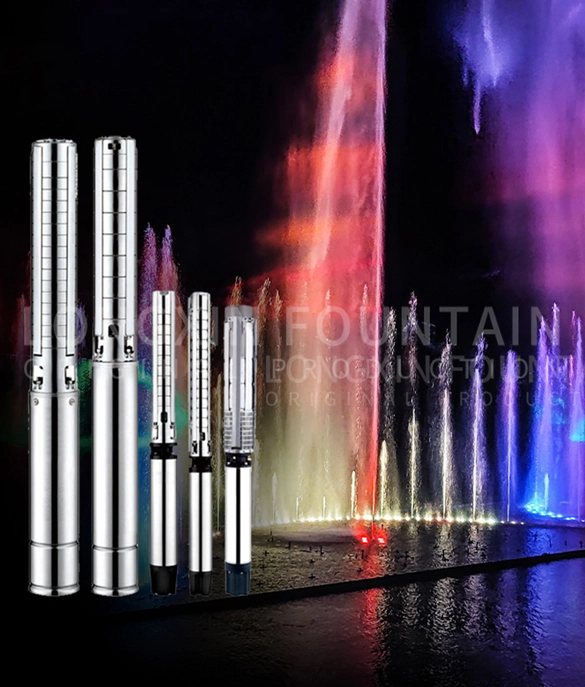
Compact design: the structure of the low pressure water pump is relatively simple, compact design, easy to install and maintain.
Safe operation: due to the low pressure required, the operation is relatively safe, and it is not easy to leak.
Energy saving and low noise: energy-saving design, low operating costs, while effectively reducing operating noise.
Wide range of applications: widely used in fountain construction, urban water supply and drainage, industrial water and agricultural irrigation and other fields.
High efficiency and energy saving: high pressure fountain pump helps to save energy, but also reduce operating costs.
Easy to operate: high-pressure fountain pumps are usually equipped with advanced control systems, making the operation becomes simple and convenient.
Reliable and stable: high-pressure fountain pump using high-quality materials and strict manufacturing process, with high reliability and stability. It can run stably for a long time and is not easy to fail and damage, thus ensuring the continuity and stability of production.
Adaptable: high pressure fountain pump has good suction performance, can easily cope with a variety of complex working conditions and media. Whether it is clear water, sewage or liquids containing particles, high-pressure water pumps can be effectively transported and processed.
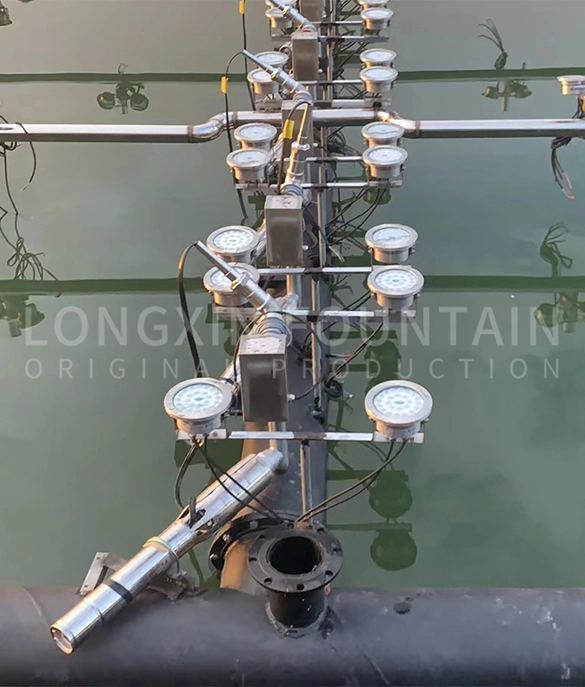
Generally, fountain pumps last between 2 and 3 years, but there are some cases where they can last as long as 5 to 8 years. Ideally, fountain pumps can even be used normally for 10 years or more.
In order to extend the service life of the fountain pump, you can take the following measures:
Correct operation: follow the instruction manual of the fountain pump, to ensure proper operation, to avoid damage caused by improper use.
Regular maintenance: regular inspection and maintenance of the fountain pump to ensure that the fountain pump is in good working condition.
Monitor the voltage: fountain pump in operation, must always observe the value of the power supply voltage, to avoid too high or too low voltage caused by the motor overheating or start winding for a long time energised and hot or even burned out the winding.
Avoid overload: do not make the fountain pump flow is too high or head too high operation, in order to avoid damage caused by long-term overload.
Fountain pumps control the height of the water column through different pressure settings to achieve artistic fountain effects. Higher power pumps can push the water column to reach a higher height, while lower power pumps reach a lower water column, which not only increases the diversity of visual effects, but also meets the needs of different performances.
Choosing the right fountain pump depends on the specific application scene. For large-scale water show performances, such as musical fountains or theme parks in the spectacular fountain display, high-pressure fountain submersible pumps is the ideal choice, because of its strong power to produce high and clear water columns, to meet the large-scale performances on the demand for visual effects. For dry fountains or water fountains, such as focusing on safety, noise control and energy efficiency of the occasion, low-voltage DC fountain pumps are more appropriate, it uses low-voltage power supply, small size, high security, while low noise, low energy consumption, long life, very suitable for these environments.
Choose the right pump need to consider the design height of the fountain, the number of water column, and the desired performance effect. First determine the maximum and minimum water column height requirements, and then according to these parameters to select the appropriate power of the pump. At the same time, consider the flow and head characteristics of the pump to ensure that it can be perfectly matched with the design of the fountain to achieve the best water performance.
The efficiency of a fountain pump can be optimised in several ways. One is by matching the design of the pump and nozzle to ensure that the energy loss is minimised. The second is the use of frequency conversion technology to control the running speed of the pump, according to different performance scenes to adjust the power output, both to save energy and reduce mechanical wear and tear. Third, regular maintenance of the water pump, including cleaning, checking the seals and bearings, to ensure its efficient operation and extend its service life.
Fountain pump in the fountain system plays a vital role, it is the core power source in the fountain system, responsible for pumping and conveying water to the nozzle, drive the water cycle and jet. Its selection and design directly affects the fountain water column height, water flow form and overall dynamic effect, is to ensure that the fountain artistic expression of the key.
